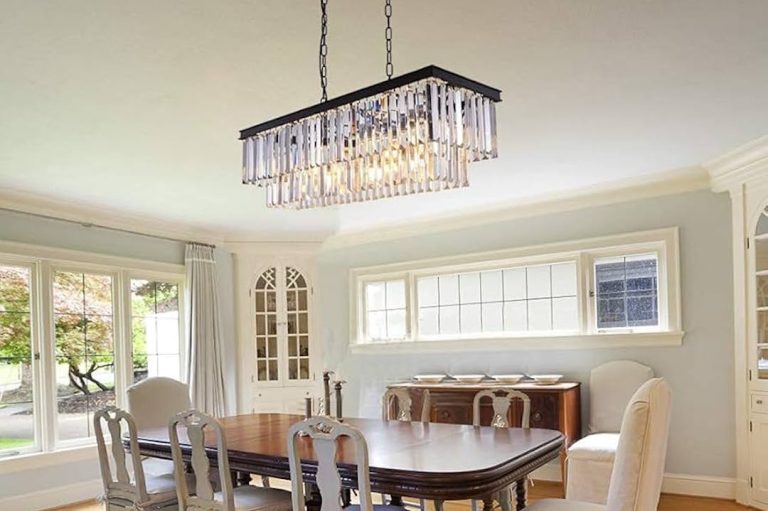
The furniture-buying habits of consumers have evolved significantly over the years. Today’s customers are much different than their counterparts of the past, and it’s important for furniture retailers to understand these changes in order to continue growing their businesses. From shopping for furniture online to buying resale pieces, there are many ways in which the purchasing behavior of today’s customers differs from the past.
Millennials are the largest demographic now purchasing furniture, and they’re demanding a lot in terms of customer experience. Specifically, they want to be able to purchase and bring home their furniture within a day or two of making the decision, and they don’t like to hear that something will take weeks to ship and assemble. To meet this demand, more furniture brands are offering pre-assembled pieces that can be picked up or delivered right away.
In addition to this, a lot of consumers have been searching for sustainable and eco-friendly furniture. With the COVID-19 pandemic forcing corporate professionals to work remotely, it’s only natural that many individuals have been optimizing their homes and buying new furniture to accommodate this lifestyle. This trend is expected to continue throughout 2023.
With millennials and Generation Z now purchasing most of the furniture, it’s no surprise that they’re focused on sustainability when it comes to their purchases. With that being said, many of these young buyers are also interested in finding unique and unusual items to add to their collection. For instance, some are turning to repurposed materials such as wood and rattan to create their pieces. Additionally, they’re choosing to mix vintage pieces with contemporary designs to create a look that’s both unique and modern.emikudo
The COVID-19 pandemic and the subsequent halt in global trade have impacted the furniture industry drastically. This has resulted in more consumers shopping for resale items, especially from sites like Amazon and Wayfair. In addition, more consumers are opting for customized experiences and features when they’re shopping for furniture online — including mobile-friendly sites, virtual consultations, personalized recommendations, and relevant loyalty programs.
Aside from these customer demands, more and more furniture consumers are also turning to smart furniture that can be controlled with an app or voice assistant. This is an important furniture trend to keep an eye on, as it’s likely that this technology will become even more widespread in the future.
Despite the current challenges in the furniture industry, the industry is still growing. This is due to a number of factors, including a rising middle-class population, changing consumer shopping habits, and the proliferation of online platforms. The furniture market is also becoming increasingly competitive, with numerous companies entering the space.
The furniture industry is continually evolving to meet the changing needs of customers. From resale to sustainable products, these trends will affect the way that furniture is purchased in the future. By keeping an eye on these developments, you can stay ahead of the curve and remain a top furniture retailer.









